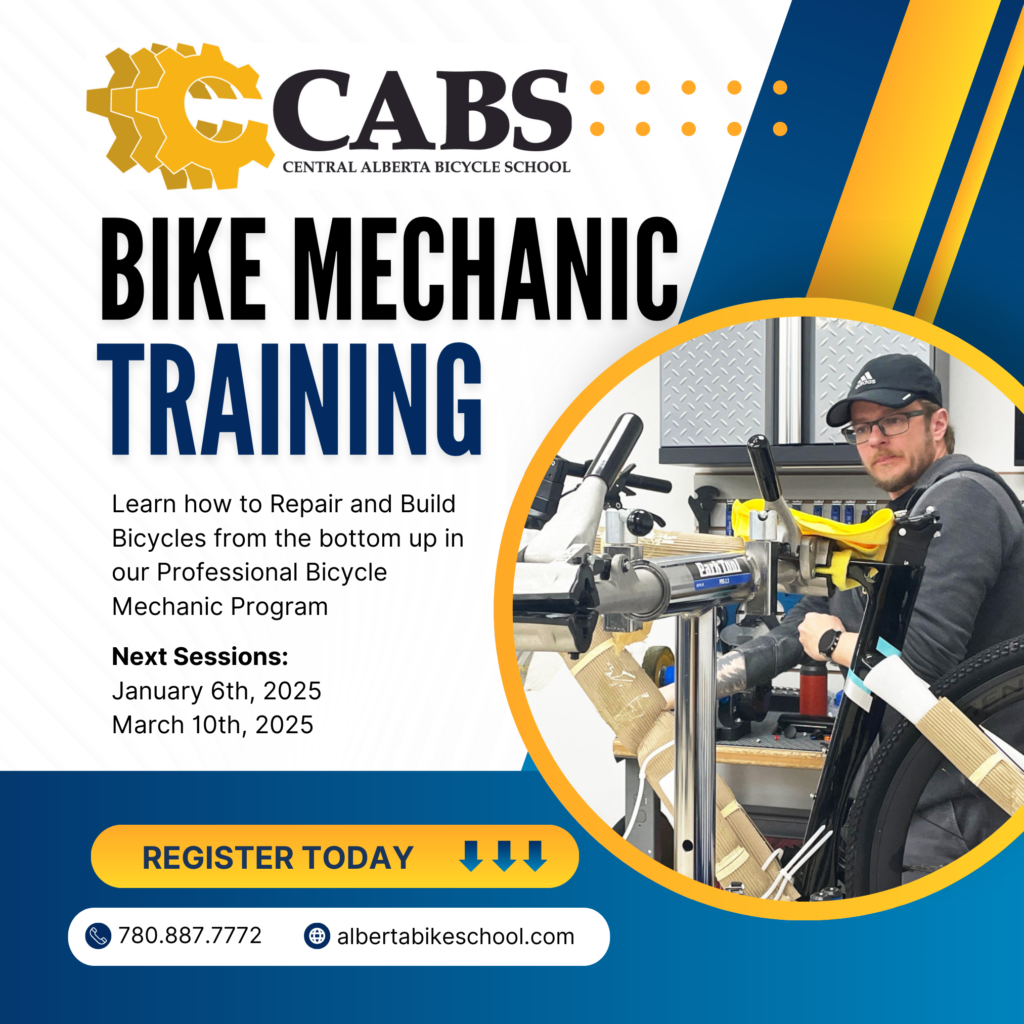
Torque is the amount of force that is applied to an object to make it rotate around an axis or pivot point. In the bicycle industry, torque is an essential factor when it comes to tightening nuts and bolts, as it can influence the safety and longevity of the bicycle components. Proper torque application can help ensure that the bolt will not loosen over time and that the component will remain secure, which can prevent costly repairs or accidents.
Bicycles consist of various components that are attached or bolted together to form a complete functional unit. These components include handlebars, stems, seat posts, bottom brackets, and pedals among others. Tightening bolts on these components to their proper torque specification is essential to ensure their safe and long-lasting usage. The varying torque settings for each of these bolts ensure that they can withstand the load and remain secure without stretching or breaking.
When a bolt is tightened, it will stretch a bit, which will help hold it in place and provide proper clamping force on the component. However, if the bolt is tightened too much, it will stretch past its yield limit, and this can lead to premature fatigue and eventual failure of the component. Over-tightening bolts can also cause damage to the threads on the bolt and the threads in the component, which will reduce the holding power of the bolt.
On the other hand, under-tightening bolts can cause the component to be loose and rattle around, which can lead to damage over time. Additionally, vital components like handlebar stems, forks, and seat posts can become dislodged and may cause severe accidents if they are not correctly tightened.
Therefore, it is important to note that accurate torque application is crucial for both the safety of the rider and the longevity of the bike components, which highlights the significance of using proper torque wrenches and following torque specifications while tightening nuts and bolts in the bicycle industry.
In the bike industry, different components have varying torque specifications, and it is therefore crucial for manufacturers and service technicians to provides the right torque specifications for the particular components in question. Furthermore, every bolt has a particular torque setting engraved on it. Always ensure that the appropriate torque settings are used while tightening nuts and bolts. Do not use guesswork or any other inappropriate methods, as this can lead to serious consequences.
When tightening bike components, it is imperative to use a high-quality torque wrench suitable for use in the bicycle industry. Manufacturers of torque wrenches offer a wide range of torque specifications, from 1nm up to 120nM, which are suitable for use in tightening nuts and bolts in the bike industry.
Using a torque wrench ensures that the component is tightened to the required specification, not too tight or too loose. A torque wrench makes it simple to get consistent and accurate readings compared to the guesswork torquing technique.
It is imperative to exercise extra caution when tightening bolts that are made of lightweight materials like carbon, titanium, and aluminum. These materials are very sensitive to torque, and incorrect torque applied to their bolts can cause them to be deformed or even break down. This, in turn, leads to a higher chance of catastrophic failure and permanent damage to the bike components. Therefore, having the right torque wrench, and understanding specific torque values when working with lightweight materials is critical.
When working with carbon components, the appropriate torque specs are very specific and somewhat lower compared to other materials- both for the components and attachment bolts. A higher value can lead to cracking or crushing of the carbon fibre. Therefore, it is important to understand and utilize the correct torque settings when dealing with carbon fibre bike components.
Bike standards and torque requirements continuously evolve as the global bike industry advances, with component fastening becoming more specialized and stringent. As a result, bike owners can find many different torque specifications for the same component but depending on the bike model, component brand, and even geographical location.
It is, therefore, important for technicians working on bikes to keep abreast of these changes and ensure that they are always up to date with the latest torque specifications. Bike owners should also consult their bicycle user guide, look for the component's torque specifications online, or visit a reputable bike shop for assistance.
In summary, torque is an essential factor when tightening nuts and bolts in the bicycle industry. Proper torque application enhances the safety and longevity of bike components while also preventing costly repairs and accidents, and is especially crucial when dealing with lightweight materials like carbon fiber. The right torque wrench and the correct knowledge of torque specifications are vital for bike technicians and bike owners alike. By exercising caution and following torque specifications, we can all enjoy a safe and smooth biking experience.

Brian Hahn is a fully certified professional bicycle mechanic, a former member of the PBMA and an instructor of CABS. He has been published in several publications on varied topics. Over the past six years he has taught both the BAM Certification program and the Bicycle Building and Wheel Truing Certificate courses. You can also connect with him on our Workshops throughout the year.

